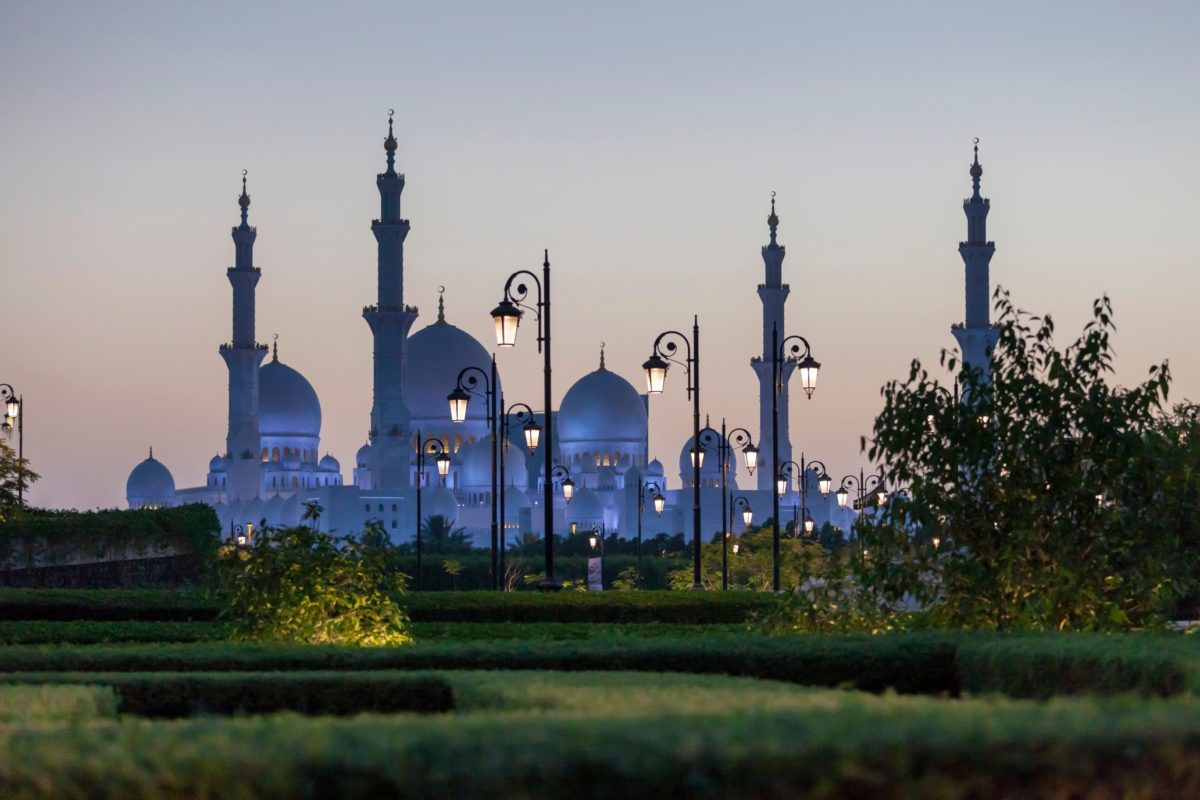Love fine food? Passionate about sustainability? Interested in luxury culinary travel? We just learned about a program that hits your trifecta: an unlikely partnership centered around the Ark of Taste. From apricots and melons to lentils and oysters, there’s a world of heritage ingredients and techniques waiting to be tasted — and preserved.
Call us sentimental, but we were really excited when we recently learned about an innovative initiative that combines the elements of great food, care for the planet and dazzling destinations into one elegant package: the Ark of Taste collaboration between luxury hotel group Relais & Châteaux and non-profit group Slow Food.
Relais & Châteaux is an iconic association of 560 hotels and restaurants around the world, founded in France over sixty years ago. Slow Food is a 30-year-old grassroots organization established to prevent the disappearance of local food, cultures, and traditions. Together, they’ve partnered to help further the goals of the Ark of Taste: a list of endangered ingredients and food sources that are on the brink of extinction.
Slow Food launched the Ark in 1996 with a mission to protect the world’s culinary biodiversity. Christening it with a name that’s a nod to the biblical boat, the Ark is a catalog of over 4,000 foods from countries that span the globe – including produce, animal breeds, varietals of honey and prepared foods like cured meats and cheeses.
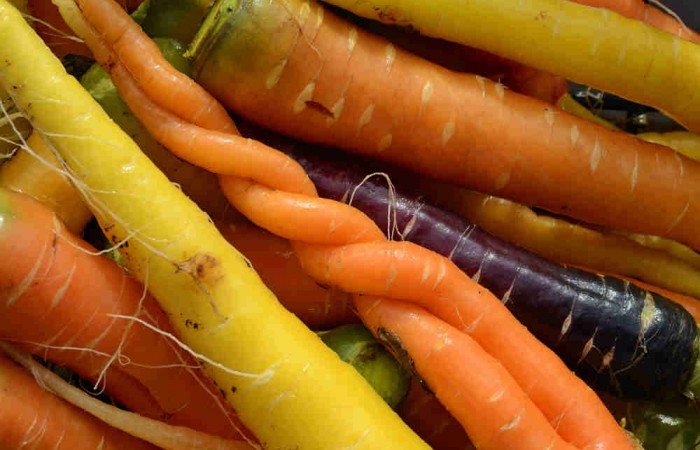
This directory of global culinary heritage under threat of extinction is a living document. There are at least 1,600 additional entries that are under review for inclusion on the list. To qualify, foods must be “culturally or historically linked to a specific region, locality, ethnicity or traditional production practice.” The 4,000th “passenger” boarded the Ark in January 2017: Umqombothi, a traditional beer of the Xhosa people made from a combination of maize meal, crushed corn malt, crushed sorghum malt, yeast (traditionally made from the root of the moerwortel plant, Glia gummifera) and water.
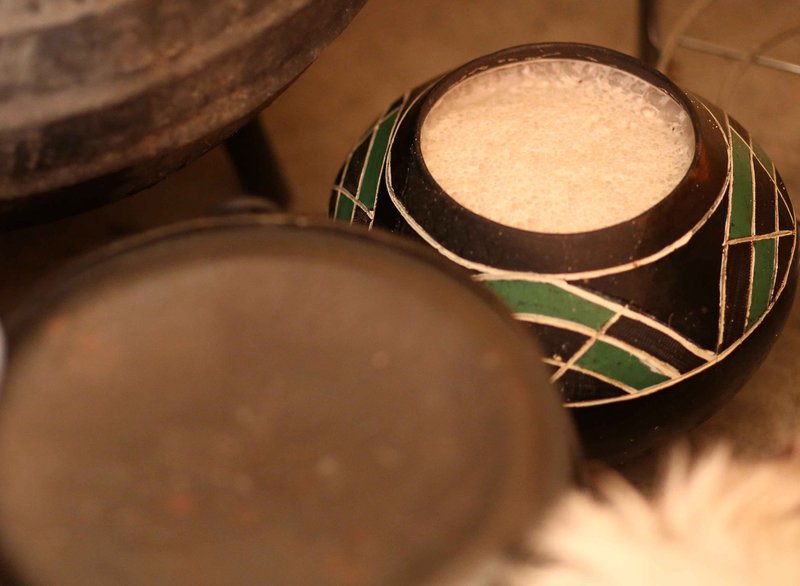
Umqombothi
What happens once an element is added to this list? That’s where luxury culinary travelers come in. The goal of the Ark is to encourage people to put these endangered items on the table. Say what? At first blush, that may sound counter-intuitive – isn’t the point to preserve them? It turns out that if chefs embrace and employ these products – from a particular breed of goat in Piedmont to Alaea salt from Hawaii to umbu, a small, yellow plum-like fruit native to northeast Brazil – it will spur farmers, fishermen and livestock breeders to produce more. More demand = increased supply.
But how to get renowned chefs to utilize these items in their menus?
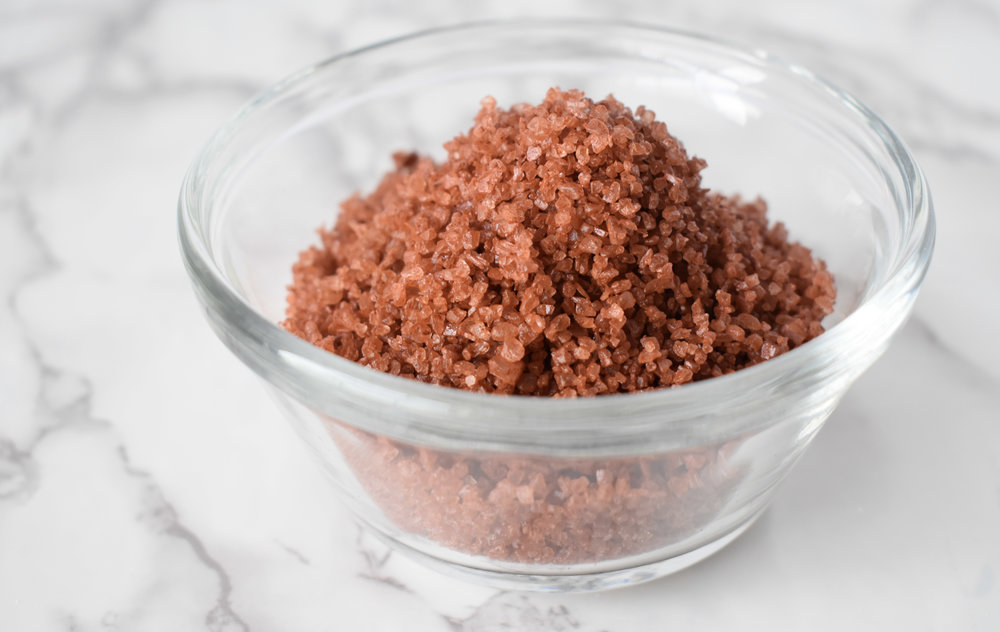
Hawaiian Alaea Sea Salt
Enter Relais & Châteaux, which has thrown its weight behind putting many of these ingredients on menus at its luxurious member properties. With a presence in five continents and 62 countries, their chefs have access to hundreds of hyper-local ingredients, as well as the expertise to spin them into something memorable.
Here are 8 luxurious Relais & Châteaux properties participating in the Ark of Taste or other sustainable food programs. As you plan your travel, consider staying or dining at one to support the cause:
1. At Le Suquet hotel and restaurant in Laguiole, France, Chef Sebastien Bras shines a spotlight on the Saint-Flour golden lentil. Lentil cultivation in south-central France’s Saint-Flour commune dates back to the late 18th century, but by the 1970’s, production had lost its footing. In the late 1990’s local farmers started a revival, and Bras considers the golden lentil a taste of his childhood (he runs Le Suquet with his father, famed chef Michel Bras, owner and chef of three-Michelin-starred Maison Bras).
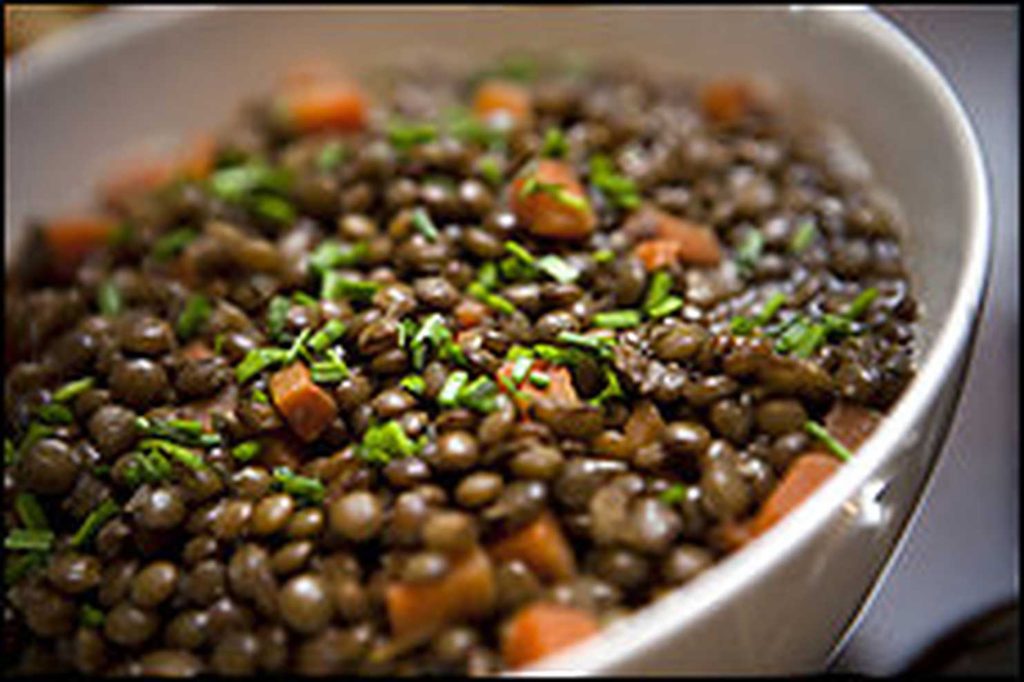
2. At the Domaine des Hauts de Loire hotel and restaurant in Onzain, France, Chef Rémy Giraud is helping to revive the Comtesse de Chambord bean. Famously mentioned in the Vilmorin-Andrieux & Cie book The Vegetable Garden in 1850, the bean owes its survival to its sole producer, Nathalie Albezard of Romilly du Perche. The hotel is a former hunting lodge, built in 1860, located on the wine trail near the castles of the Loire. Its walls are clad in pepper vine, and the setting is lush and romantic, and filled with birds and other wildlife.
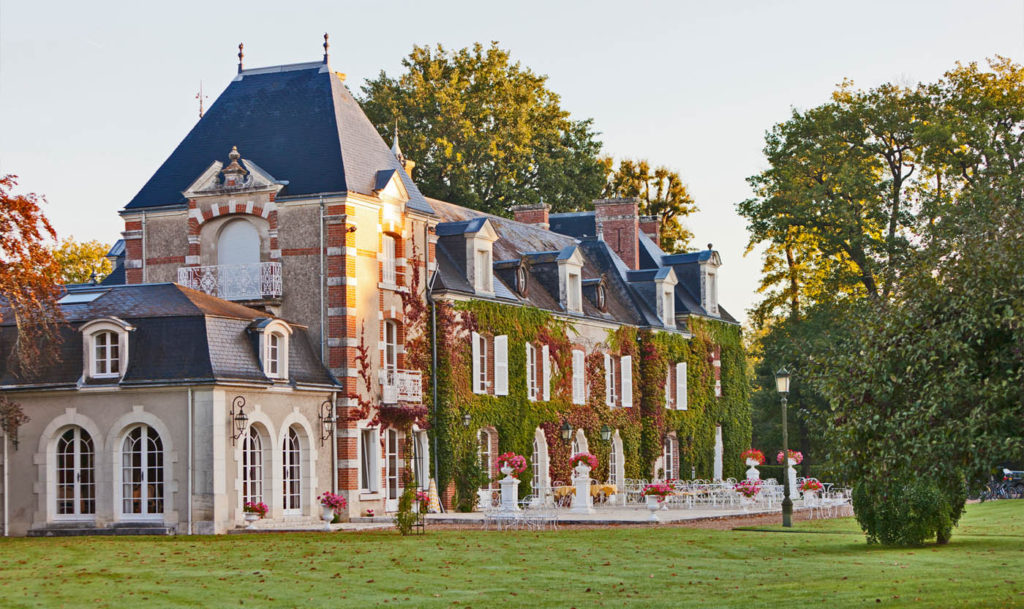
Domaine des Hauts de Loire
3. You’ll find Chef Patrick Henriroux at La Pyramide hotel and restaurant in Vienne, France crafting wondrous dishes from a local variety of apricot from Ampuis, a famous wine village in eastern France. Ampuis apricots are grown in clay and limestone soil, along with vine apricots, peaches, and almond trees — they’re small, round, soft yet firm and very tender. When picked at maturity, their orange-white color with freckles differentiates them from other apricots. Says the chef: “Apricot D’Ampuis’ compote has no rival.” He also notes that they’re perfect for jams because when mature, they need no additional sugar, juices, or liqueurs thanks to their intense aroma. At the moment, there are only two producers who sell directly and who also harvest just a few tons each year. But Henriroux is working to change that. “If I had to give a recipe, it would be an omelet of Ampuisais with almonds and lavender flower.”
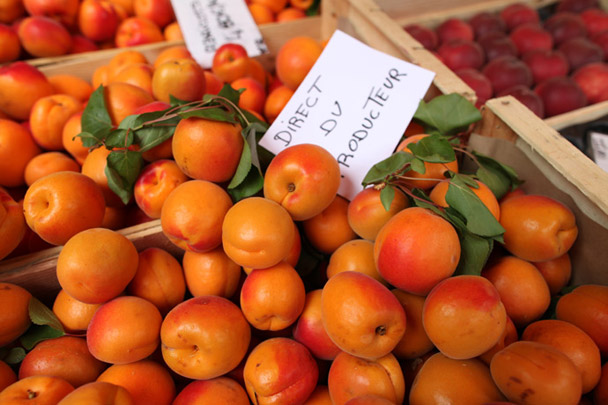
4. At the Grace Mayflower Inn & Spa in Washington, Conneticut, chef Isaac Olivo makes a dish called “taste of spring”—a salad filled with vegetables and fruits of the season, including black raspberries, heirloom baby carrots, wax beans from the property’s garden and a shaving of foraged Japanese knotweed, which is a passenger on the Ark. He also employs Tri-Star strawberries, spruce shoots, morel mushrooms and stinging nettles, finding new ways to prepare them each season.
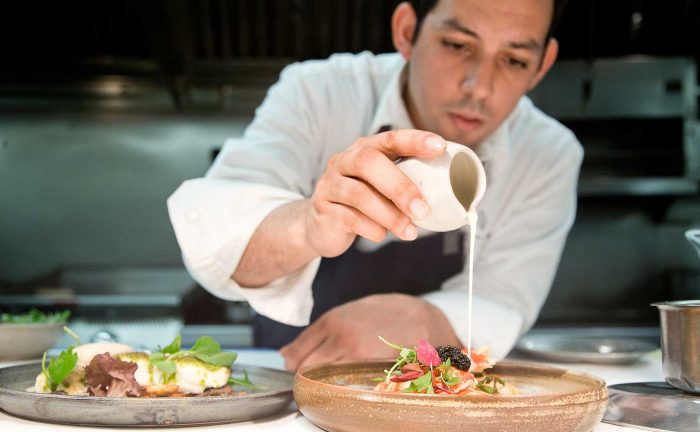
Chef Isaac Olivo at the Grace Mayflower Inn & Spa
5. At the family run Don Alfonso 1890 near Sorrento, Italy on the Amalfi Coast, chef Ernesto Iaccarino delights in cooking with fagioli di Controne, alici di Menaica and ceci di Cicerale (Controne beans, Menaica anchovies and Cicerale chickpeas, respectively), all on the list of endangered ingredients.
6. Olivier Roellinger, owner and chef of Les Maisons de Bricourt in Cancalle, France has been a passionate advocate of preserving Brittany’s bounty, including heritage ingredients like huîtres naturelles de Bretagne (oysters from the bay of Cancale), butter from Froment du Léon cattle, melon petit gris de Rennes (an indigenous variety of melon). He employs them on menus at Les Maisons de Bricourt Inn, where he’s also the maître de maison, and as a chef and spice master.
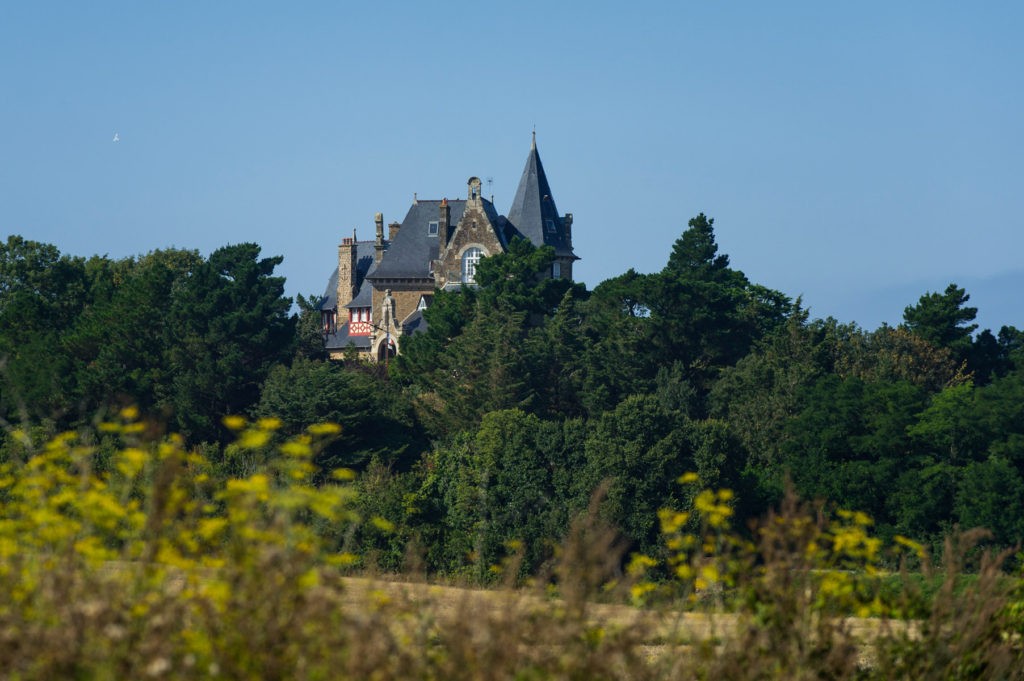
Le Maison de Bricourt
7. The Hôtel & Spa du Castellet in Provence is home to the 3-Michelin starred restaurant bearing the name of its Chef, Christophe Bacquié. His “Promenade en Mer” menu is a celebration of sustainably caught fish, and the chef is a member of Seaweb, committed to serving only un-endangered species caught using eco-friendly techniques.
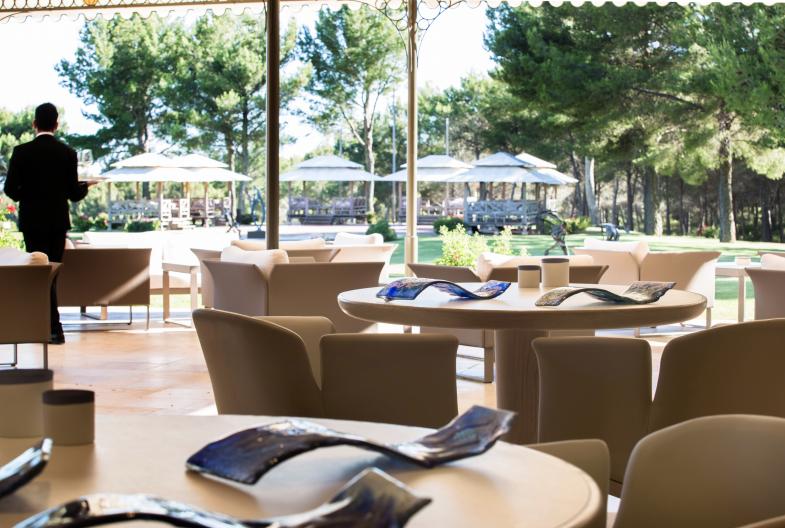
Restaurant Christophe Bacquié at the Hotel du Castellet
8. Relais San Maurizio, a former Franciscan monastery about a 30-minute drive east of Alba, Italy, features a Michelin-starred restaurant with an organic garden. In the 1950’s, Guido and Lidia Alciati invented a new model of restaurant where, long before the phenomenon of slow food caught on, genuine raw materials were proposed and personally searched for from local farmers. The tradition continues at the Michelin star Guido da Costigliole restaurant, situated in the ancient cellars of the monastery with walls constructed from the original stone of Langa, and an original exposed-brick ceiling.
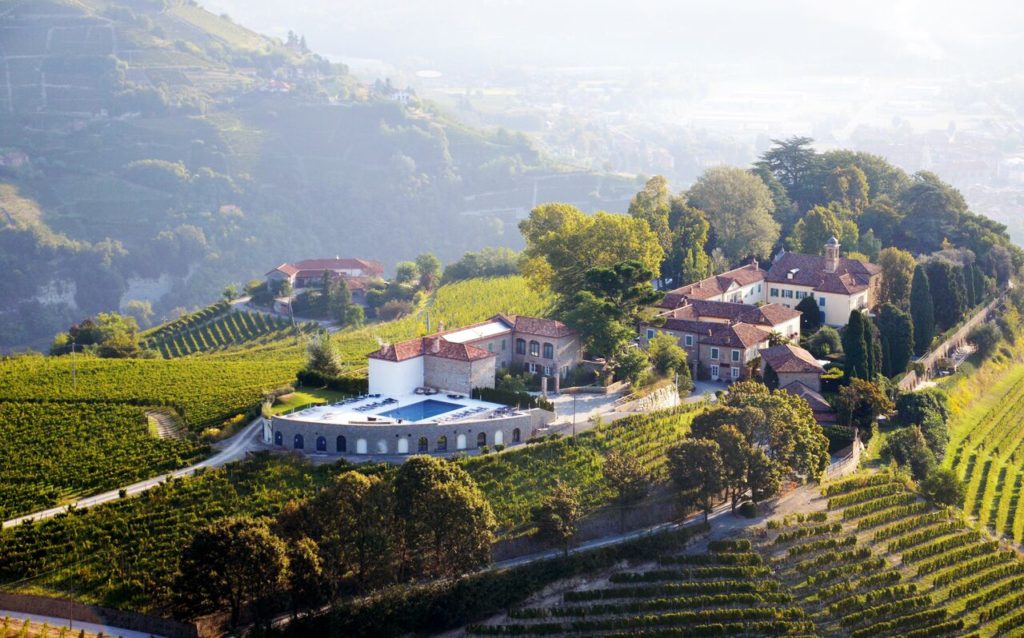
Relais San Maurizio
Who says you can’t have it all? Happy traveling and happy dining, and if you go, please bring us back one of those apricots. They sound really good.







